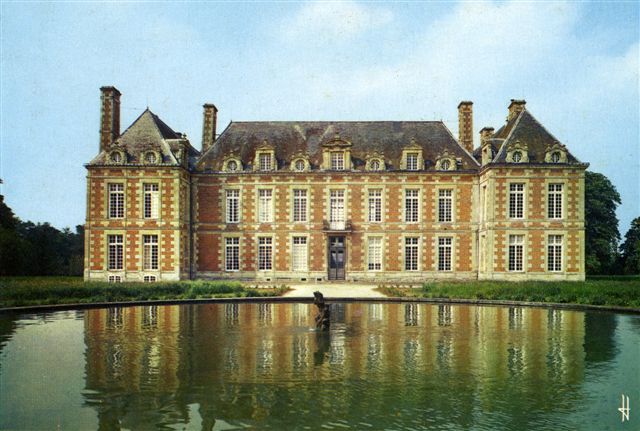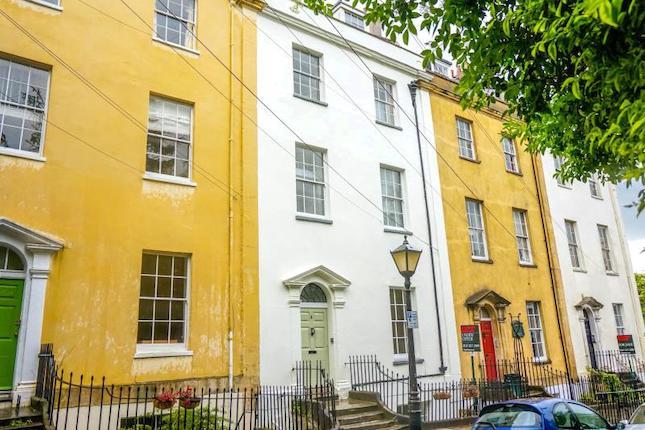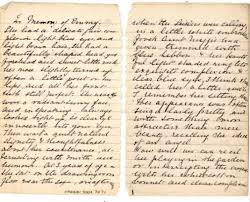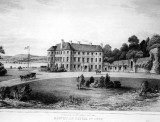Page 14, 20th August 1910
OBITUARY.
“His was one of the best of Lord Halsbury’s appointments,” says The Manchester Guardian,
and it was received with acclamation at the Bar, which had shown its appreciation of Mr. Walton’s amiable qualities no less than of his eminence as a practitioner in 1899 by electing him chairman of its general council—the mouthpiece of the profession. It is pleasant to add that unlike that of some other judges, Mr. Walton’s popularity at the Bar survived his appointment to the Bench. He was the embodiment of courtesy and patience, and, helped by a gentle pilot, the bashful junior and the timid witness soon lost their nervousness in his presence. Like Lord Eldon, he was rather given to the cunctative. He spared no pains in sifting both evidence and argument, and his extreme conscientiousness sometimes rather impeded the dispatch of business in his court. But in his case slowness went with sureness, and his decisions always commanded the respect of the profession and of those who sometimes had to review them. In the Crown Court at Assizes Mr. Justice Walton showed himself a mild criminal judge. He will be remembered with gratitude by those who are interested in the reformation of the criminal, for the precedent which be set—a precedent which has been followed since—at the Manchester Assizes in April, 1905, when, accompanied by Mr. Justice Bray, and escorted by the javelin men, with all the impressive panoply of a Judge of Assize, he attended the annual meeting of the local Discharged Prisoners’ Aid Society. A sentence from the speech which he then made may be fittingly quoted as giving an insight into the workings of the mind of a merciful judge. “His Majesty’s judges,” he said, “feel so often in doing that which their duty calls upon them to do that they are perhaps making sacrifices of lives. When the unfortunate criminal comes before them, and they remember what his or her chances in life have been, what the temptations have been, what the surroundings have been, it is often a very painful thing to pass those sentences which we are bound to pass. One feels that so far as the individual personally is concerned the law may be doing more harm than good.”
The Times in its obituary notice pays the following tribute to the deceased Judge’s memory : “Sir Joseph Walton was a Judge of a high order of merit, learned, courteous, and patient. No appointment in recent years was more thoroughly approved by the profession. The last man to seek popularity, he attained it in full measure by the charm of a sunny nature and of genuine humility. His promotion for the last few years of his professional life was recognised as inevitable, and the profession would have made it earlier than the Lord Chancellor if it had been in their hands. But the admission must regretfully be made that Walton did not quite realise the high expectations which had been formed, and will hardly rank with the first men of his time among the occupants of the Bench. The cause of this result was in itself a merit, for it was his over-conscientiousness and a certain want of confidence in himself.”
In 1871 he married Teresa, daughter of Mr. N. D’Arcy, of Ballyforan, co. Roscommon, who survives him. One of his sons died of fever caught in South Africa, where he served in the war. Another son is a secular priest, and two others are members of the Society of Jesus.
A South London correspondent writes : “The death of Mr. Justice Walton has occasioned the deepest regret in all parts of the diocese of Southwark, where he was exceedingly popular amongst his co-religionists, and in the churches in South London. On Sunday prayers were asked for the eternal repose of his soul. Since his elevation to the Bench, Mr. Walton seldom attended public meetings, because as he himself said on one occasion at a meeting in Southwark, ‘he was not allowed to talk politics.’ He was an ardent educationalist and one of the few occasions on which he visited South London was in connexion with a bazaar at Lewisham held only a few months ago to raise funds for the erection of a Catholic school for the locality. He was then careful to explain that he desired to say nothing which would be considered of a controversial character, but his address was nevertheless a clever and learned exposition of the rights of Catholic parents to teach religion in the schools which they had erected at their own expense. Mr. Justice Walton was also a generous supporter of various South London charities and as a member of the Prisoners’ Aid Society he was instrumental in securing a fresh start in life for many prisoners discharged from Wandsworth Gaol. He also evinced a deep interest in the work of the League of the Cross, and at several of the meetings of that body on Sunday in South London resolutions of sympathy were carried.” R.I.P.
THE FUNERAL.
The body of the deceased Judge was brought to London from Suffolk on Tuesday, and taken to his parish church, St. James’s, Spanish-place, where it remained all night on a bier before the sanctuary. The funeral took place on Wednesday. At eleven o’clock a Low Mass of Requiem was celebrated by the Rev. James Alexander Walton, a son of the late Judge. Two other sons, the Rev. Edmund Walton, S.J., and the Rev. Joseph Walton, S.J., served the Mass, during which the “Pie Jesu,” ” Quando Corpus,” and the ” Beati Mortui” were sung. There was a large congregation, which included the Lord Chief Justice, Mr. Justice Phillimore, Mr. Justice Warrington, Lady Day, widow of Mr. Justice Day ; Lady Prirrrose, Father Pinnington, S.J., Father Gerard, S.J., the Rev. Father Bodkin, S.J., rector of Stonyhurst ; the Rev. C. C. Martindale, S.J., the Rev. John Rickaby, S.J., Major F. J. A. Skeet, Mr. George Lewis, Mr. E. R. Cook, representing the Law Society ; Mr. W. Hanbury Aggs, of the Northern Circuit ; Mr. Laing, K.C., and a number of Sisters from the Providence-row Refuge, of which Mr. Justice Walton was a trustee. The chief mourners were Mr. Arthur Walton and Mr. Philip Walton, Sons; Mrs. Jasper White, sister ; and the Rev. Mother Theresa Walton, Superior of the Convent at St. Leonards, sister ; Mr. Jasper White, brother-in-law ; and Mrs. Arthur Walton, sister-in-law. After the absolutions had been given at the conclusion of the Mass by Father Walton, the cortke was formed and proceeded to Kensal Green where the body was laid to rest, Father Walton, attended by Canon Gildea and Father Pinnington, S.J., reciting the last prayers.
A BROTHER JUDGE’S TRIBUTE.
Sir Samuel Evans in the Vacation Court on Wednesday referred to the death of Mr. Justice Walton as follows : “If the Courts had been sitting to-day there would have been general expressions of sadness at the great loss the profession has sustained in the death of Mr. Justice Walton. As this is the only Court sitting I cannot refrain from saying a few words offering sympathy to the members of his family. He lived a strenuous life in the profession which he adorned, and he died in full harness, as I know he would have wished to do. We all remember him as an advocate at the Bar. He was a superb advocate in the law in which his practice lay. He was lucid in thought, and clear and cogent and most persuasive in his reasoning. When he was called upon to fill the office of Judge his appointment was hailed with gratification by every member of the Bar. In words which were written long ago : ‘He was eminently qualified for the high office, which he filled with the greatest reputation to himself and satisfaction to the public. His knowledge was sound and extensive ; the clear and comprehensive manner in which he delivered his opinions could not but make the dullest hearer sensible of their weight. He shone in those chief characteristics of a Judge—temper and patience. He heard all with attention and then decided with readiness, enforcing his decrees with such convincing reasoning as equally gave information to the Bar and satisfaction to the parties. He greatly encouraged industry in young members of the Bar by showing particular attention to their argument and noticing what would admit of approbation. He was engaging and polite in his maner, and yet failed not in every point to support the dignity of his office. He commanded univeral esteem and reverence.”
“As a man,” continued his lordship, “he was of the kindliest nature and of the sunniest disposition. No one in the profession was more beloved by its members than the late Judge, and no one better deserved their admiration and esteem. In the name of the Bench and of the Bar I respectfully offer sympathy to all those who have suffered by this bereavement.”
Mr. Bramwell Davis, K.C., and Mr. L. Edmonds, K.C., responded for the Bar.







